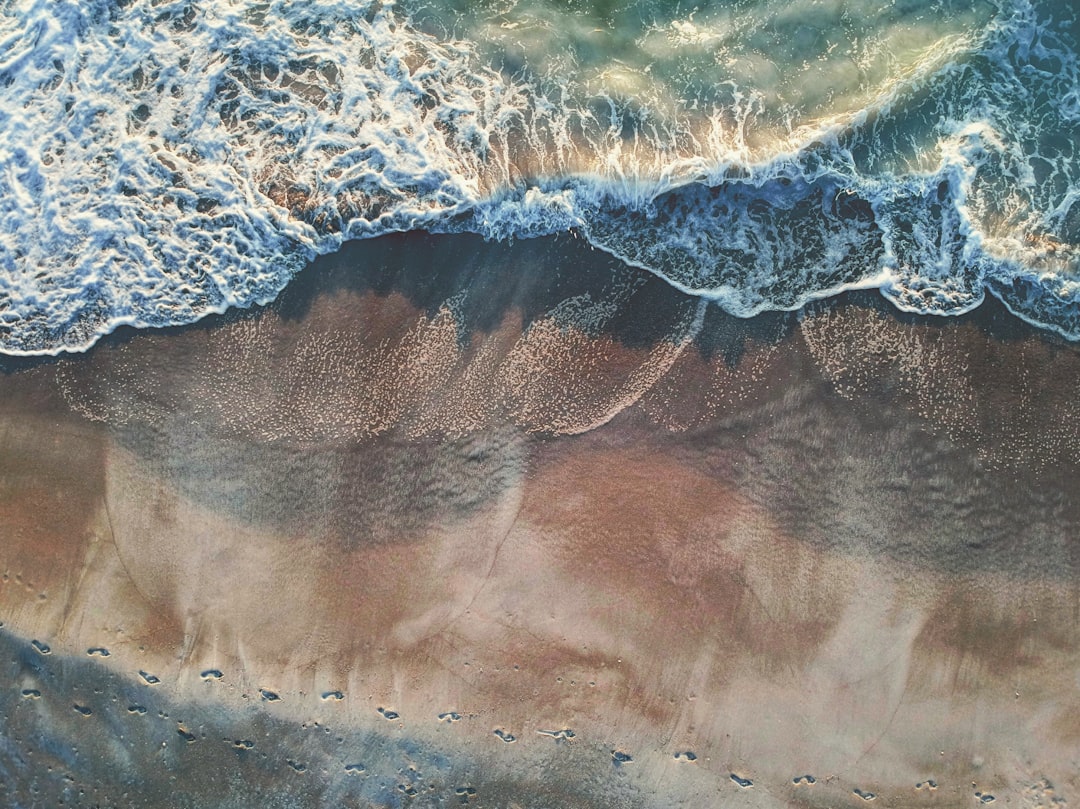What is it about?
Infected saliva droplets are the main carriers of COVID-19. These droplets are released when a person breathes, sneezes, coughs, or even talks. The virus trapped in these droplets then spreads to a healthy person. The ability of the virus to survive inside a free-floating droplet determines how easily the infection spreads. The droplet vaporization process is important for the survival of the virus. However, this process is not well understood although many studies have examined the effect of heat and moisture on droplet vaporization. In this paper, the authors studied the effect of weather on the evaporation of droplets infected with the virus. Their calculations showed that the droplets vaporize faster at lower moisture levels and higher temperatures. They found that the distance traveled by the droplet remained the same at all temperatures when the moisture was high. This result was surprising and contradicted earlier results. But it explained the observed rise in infections in many crowded cities during summer. For example, in Delhi, the moisture and temperatures were higher in June, but the infection spread more during July. The spread of the virus increased during winter and autumn, when the temperatures were low and wind speeds were high.
Featured Image

Photo by Brittany Colette on Unsplash
Why is it important?
To manage the COVID-19 pandemic, it is important to know how the virus spreads and the factors affecting its survival. This can help design public health regulations. This study provides a new theory that explains the relationship between the weather and virus survival. A clear knowledge of this relationship could help us predict the next wave of the pandemic. KEY TAKEAWAY: Weather factors play an important role in deciding the survival of COVID-19 in saliva droplets. These results further confirm that it is necessary to maintain social distance and use face masks in public spaces to control the spread of the infection.
Read the Original
This page is a summary of: Weather impact on airborne coronavirus survival, Physics of Fluids, September 2020, American Institute of Physics,
DOI: 10.1063/5.0024272.
You can read the full text:
Contributors
Be the first to contribute to this page










